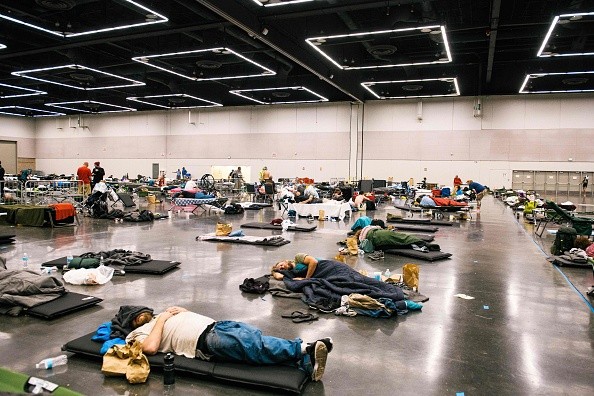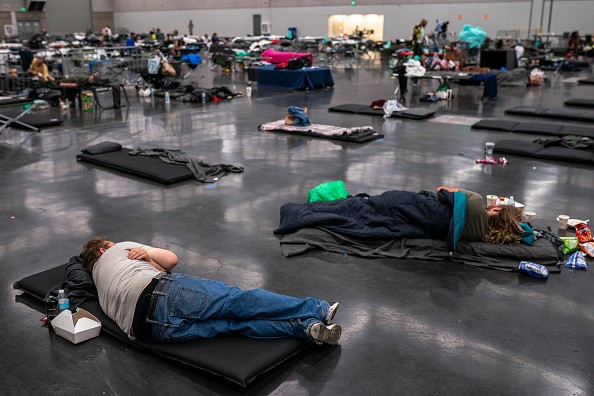Reflective surfaces, green roofs can decrease temperatures in hot cities. Major U.S. cities have endured the baking heat and this heat is being incited by extensive swaths of concrete and an absence of greenery that can decrease temperatures by almost 5C (9F) compared with closeby rural locations, new research has discovered.

Fatal Heatwave in the United States
Some months ago, Phoenix for the first time felt a string of four days beyond 46C (115F) and Boston attained 100F for the first time in a decade.
A fatal heatwave in the United States north-west, which scientists reveal would have been "almost impossible" in the absence of climate change caused by humans, roasted Seattle at a record 108F, while in a city - Portland, where the heat melted roads buckled and power cables, attained an unbelievable new high of 116F.
This intense heat is boosted in large urban regions due to their design, as per a new report that has made an attempt to evaluate the region the "urban heat island" effect touched the most.
By employing an index centred on land use, population density, the amount of reflective surface, and other factors, scientists have identified that New Orleans has the largest heat discrepancy with its close surroundings - an average 8.9F hotter, out of the 158 American cities.
Temperature in Cities Vs. Temperature in Countrysides
The city that has the second largest heat island effect is Newark, New Jersey, with an average 7.7F hotter than its surroundings, while New York City is the third on the list - 7.6F hotter. Houston is fourth on the list, and then San Francisco.
Cities are normally hotter than closeby countryside since they produce heat through machinery, transportation, and air conditioning that channels hot air into the streets.
An absence of trees, grass and other plants, which aid in cooling the air, is aggravated by the widespread presence of miles of dark, hard pavement and buildings that absorb heat.
The non-profit that carried out the research, Climate Central, reveal that compact, high buildings, situated in cities like Chicago, New York, and Detroit, also contribute to heat intensity.

Cities with High Scores
Director of climate science at Climate Central, Andrew Pershing, said: "You expect certain cities to have high scores but then there are also places like Burlington, Vermont, that was shockingly high in the index."
Andrew Pershing said the top ranking of New Orleans is down to the age of the city, so much amount of unlighted street and roof surfaces and scanty green spaces, although the total average for the city concealed localized differences.
He said If you visit a parking lot, it will be very much hotter than if you visit one of the popular cemeteries in New Orleans. "There is a lot of variability."
Related Article : Heat Wave: Masked Dangers of this Excessive Hot Weather
For more news, updates about heatwaves and similar topics don't forget to follow Nature World News!
© 2025 NatureWorldNews.com All rights reserved. Do not reproduce without permission.





